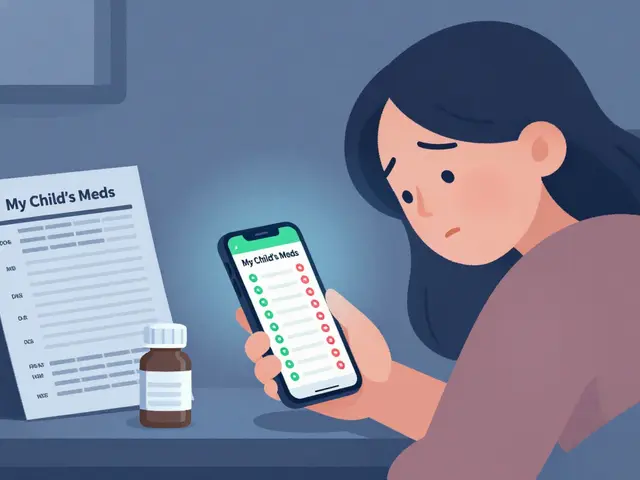Tacrolimus: What It Does and How to Use It Safely
Tacrolimus is an immunosuppressant used to prevent organ rejection after transplants and to treat certain skin conditions. It works by lowering the immune response so your body is less likely to attack a new organ or flare up in inflammatory skin disease. You’ll find it as a pill, an injectable, and a topical ointment — each used for different problems and dosed differently.
For transplant patients, doctors prescribe oral or IV tacrolimus and check blood levels regularly. The goal is to keep levels high enough to prevent rejection but low enough to avoid serious toxicity. Topical tacrolimus ointment is used for eczema when steroid creams aren’t effective or when long-term steroid use causes problems.
Common side effects and monitoring
Expect some side effects. The common ones include tremor, headache, high blood pressure, kidney problems, and increased risk of infection. Topical use can cause burning or itching where applied. Because tacrolimus affects the kidneys and immune system, clinicians order blood tests — kidney function, drug level (trough), and sometimes blood sugar and lipids. If you notice reduced urine, significant weakness, fever, or severe infections, get medical help fast.
Drug interactions matter. Tacrolimus is processed by liver enzymes (CYP3A4), so medicines like certain antibiotics, antifungals, grapefruit juice, and some blood pressure drugs can raise or lower its levels. Tell your doctor every medicine and supplement you take so they can adjust doses or monitor you more closely.
Practical tips for safe use
Take pills at the same times each day and follow fasting or food instructions from your prescriber. If you use the ointment, wash your hands before and after applying and avoid putting it on infected or broken skin unless advised. Store tacrolimus in its original container at the recommended temperature and keep it away from kids and pets.
If you miss a dose, take it as soon as you remember unless it’s nearly time for the next dose — then skip the missed one. Never double up. Carry a list of your medications and recent blood results when you see other clinicians or go to the ER. Vaccines: live vaccines are usually off-limits while you’re on tacrolimus, so ask about timing.
Discuss fertility, pregnancy, and breastfeeding with your doctor. Tacrolimus may have risks for unborn babies and nursing infants; some people switch treatments or plan timing around pregnancy. Lifestyle-wise, avoid large amounts of grapefruit, practice good infection hygiene, and keep all follow-up blood tests and clinic visits.
Tacrolimus is powerful but useful when monitored correctly. If anything feels off — unusual bruising, new swelling, yellowing skin, or signs of infection — call your healthcare team. Clear instructions and regular tests are the best way to use tacrolimus safely and get the benefit you need.
Keep a medication card with dose, prescriber name, and emergency contact. Wear medical ID if you have a transplant. Talk openly about alcohol and supplements even herbal teas since they can change tacrolimus levels and your risk quickly too.

How to Store and Handle Tacrolimus Medication Effectively
Storing and handling Tacrolimus medication properly is vital for its effectiveness. Learn practical tips and essential information on maintaining the potency and safety of this important medication. Understand key factors like temperature, humidity, and proper packaging to ensure optimal storage. Get helpful insights on what to avoid and best practices for handling Tacrolimus.
View More




